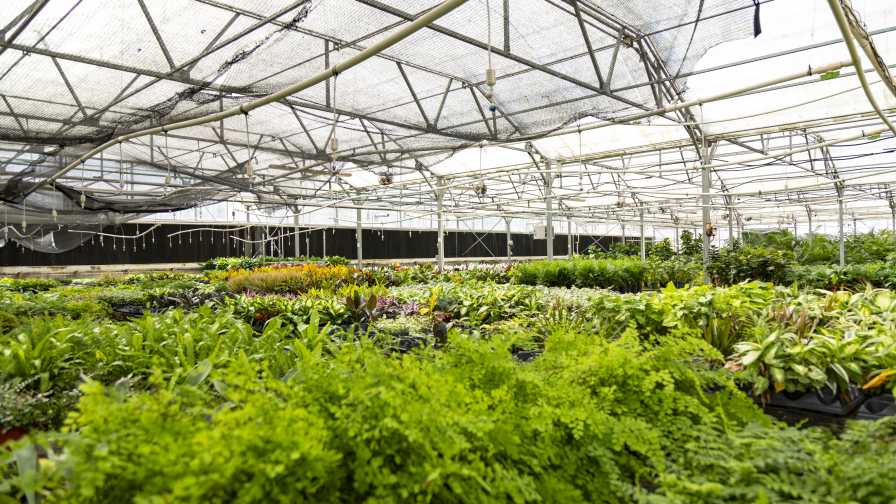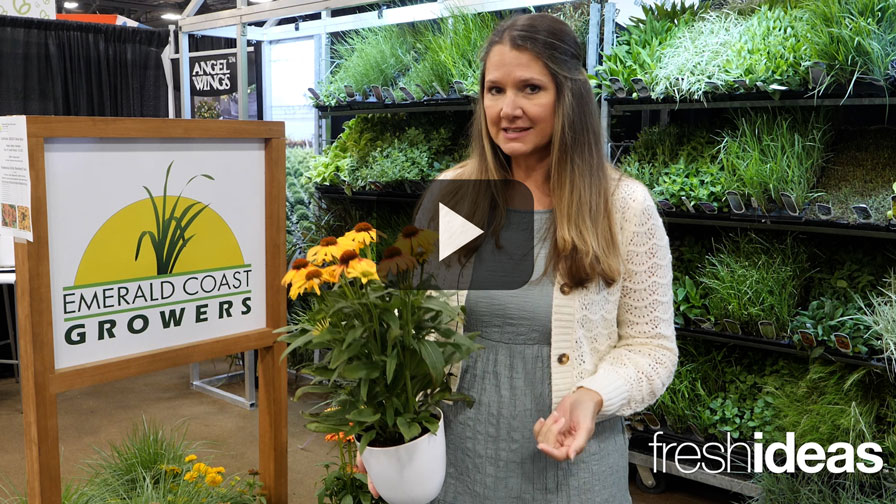‘Tis the Season: Severe Weather Tips for Your Greenhouse
 Severe weather is a year-round risk for greenhouses. In September alone, horticulture businesses have faced the challenges of hurricanes, windstorms, and dry conditions that led to wildfires. With winter around the corner, heavy snowfall is only expected to add to the growing list of challenges nature presents.
Severe weather is a year-round risk for greenhouses. In September alone, horticulture businesses have faced the challenges of hurricanes, windstorms, and dry conditions that led to wildfires. With winter around the corner, heavy snowfall is only expected to add to the growing list of challenges nature presents.
While the variety — and oftentimes unexpectedness — of severe weather may leave you feeling like you’re playing catchup, a little preparation now can have your team ready to act in seconds rather than hours. What you’ll find below are a list of reminders we’ve found useful when conducting greenhouse safety visits for Hortica in recent years.
Secure Your Greenhouse
You know it better than most — having a greenhouse presents unique structural challenges that few other industries face during severe weather. The moment severe weather is forecasted near your greenhouse, you should begin securing your structure. How you secure your greenhouse facilities will depend on the type of severe weather, and your greenhouse’s components.
- Double poly (polyethylene) cladding
Prior to severe weather involving high winds or hail, open your inflator vents slightly and ensure the fans are functioning correctly and keeping the poly properly inflated. If it’s not tight enough, severe weather may cause stress on the structure, resulting in dimples, pooling, small holes, and premature aging to your greenhouse. On a similar note, set a reminder to reset the inflator vents shortly after severe weather to avoid stretching the covering long term.
- Hard cladding
If your greenhouses are made of glass, polycarbonate, or other types of hard cladding, a good preventative maintenance program will be crucial ahead of severe weather events. Prior to an event, perform an inspection to look for, and fix, any loose or missing sections of cladding that may allow wind to enter the structure.
Regardless of your greenhouse’s cladding type, make sure the fasteners that secure the cladding are properly maintained. Over time, the fasteners may loosen, which could cause damage to the cladding and result in it falling off.
It’s also important to check the bolts on structural components of your greenhouse such as collar ties, trusses, bracing, purlins, and post connections to ensure they’re properly tightened and secured. Make sure all greenhouse door louvers and vents are closed and properly secured to prevent air from entering your structure. Securing and buttoning up the structure will help lower the structural stress on your greenhouse by keeping forceful winds outside of your greenhouse.
Finally, as winter approaches, if your structures are typically unheated and intermittently heated, remember to warm your greenhouse well in advance of forecasted snowfall. Any energy curtains your greenhouse uses should also be retracted to allow the heat to reach the roof. If you wait until the day of a snowstorm to begin heating your greenhouse, it’ll take too long for the structure to warm up, likely resulting in snow accumulation and increasing the risk for collapse.
Monitor Property Hazards
Your greenhouse is at the center of every operation, therefore much of your attention may be focused on its physical structure. While the overall structure is crucial to protecting your plants, don’t overlook the hazards on your property that could intensify risks to your employees and business.
Have your team walk through the property and clear away objects and debris that could be picked up by strong winds, which could cause damage to your greenhouse’s cladding. When deciding where to store chemicals and fertilizers, consider placing them in an area where they’re protected from damage in the event of severe weather.
Rehearse Often
Severe weather is a year-round risk to your greenhouse, therefore training and practice should be a year-round practice for your employees. No two severe weather preparedness plans are alike due to the unique layout of each business’s property; however, the following areas should remain a priority:
- Assign which members of your team will be responsible for maintenance, inspections, and contacting local authorities.
- Organize and conduct drills for the severe weather your greenhouse may face. Vary the situations of each drill to gauge employee preparedness and occasionally perform unannounced drills.
- Offer for your local first responders and fire department to train at your facility to help them practice their procedures, while they familiarize themselves with the layout of your property.
- Create a cadence for regularly backing up data and files.
If your greenhouse employees work different shifts, conduct drills throughout different times of day to ensure every shift is properly trained and prepared for severe weather.
No matter what severe weather is in your area, stay proactive. Maintain annual communication with your insurance provider to evaluate whether your greenhouse has the right coverages to protect against severe weather. Certain coverages, such as flood insurance, may have a waiting period before the policy goes into effect, so don’t wait until severe weather is forecasted in your area to look at your policy.
As always, stay safe and follow your local weather experts, OSHA, and the U.S. Department of Homeland Security for more weather-related information.










